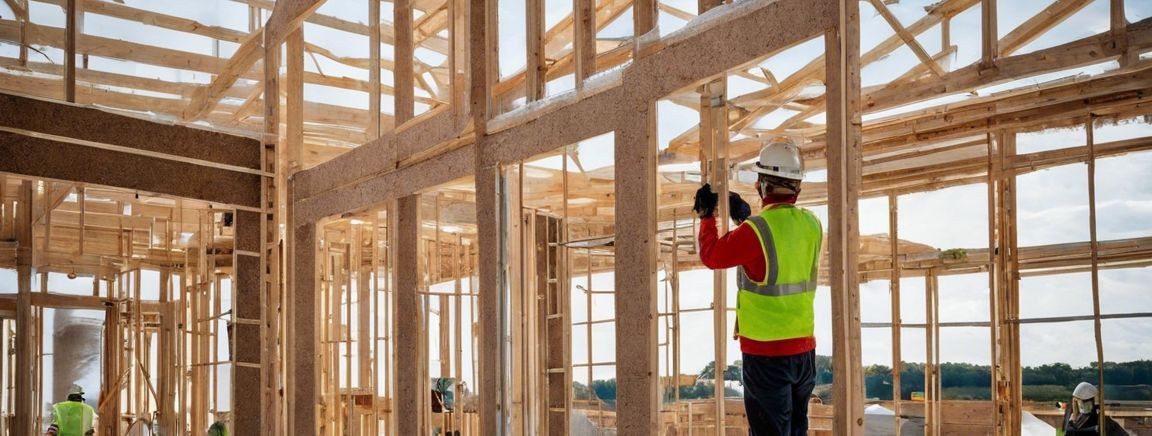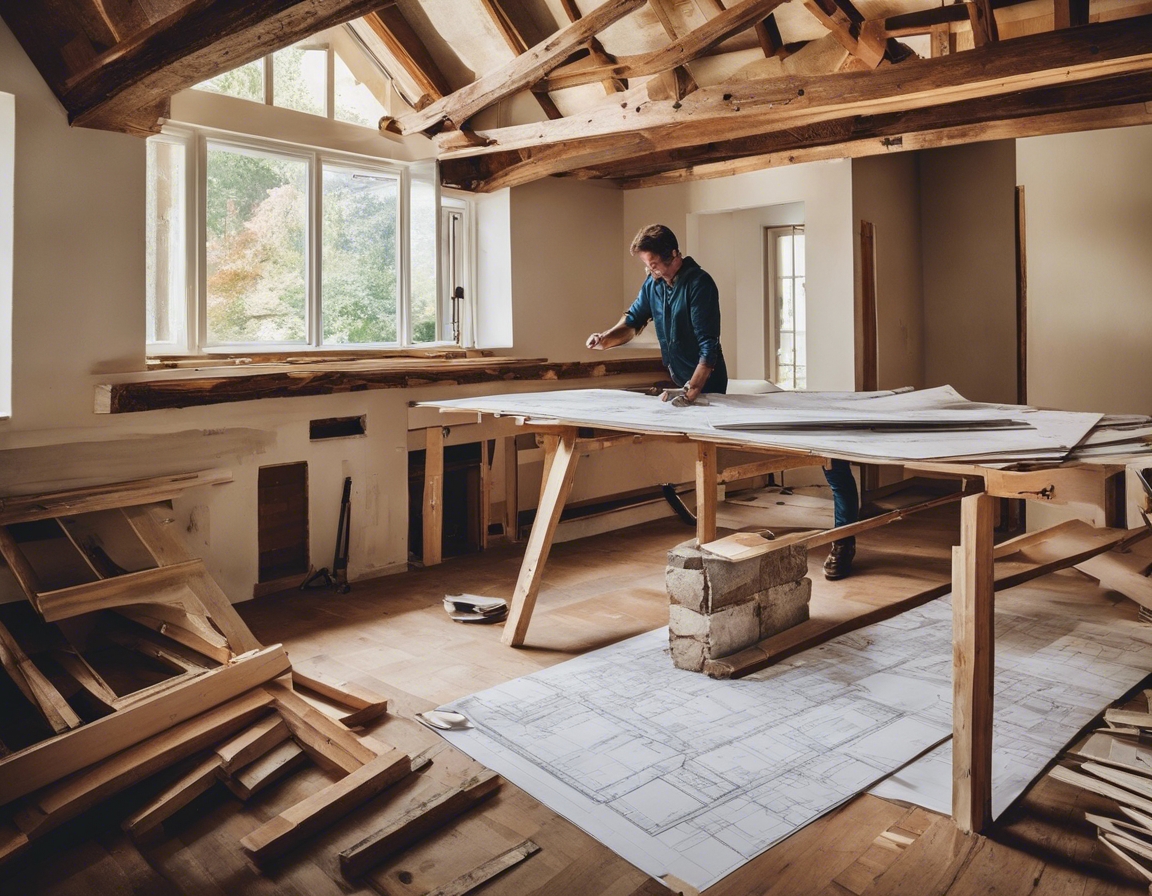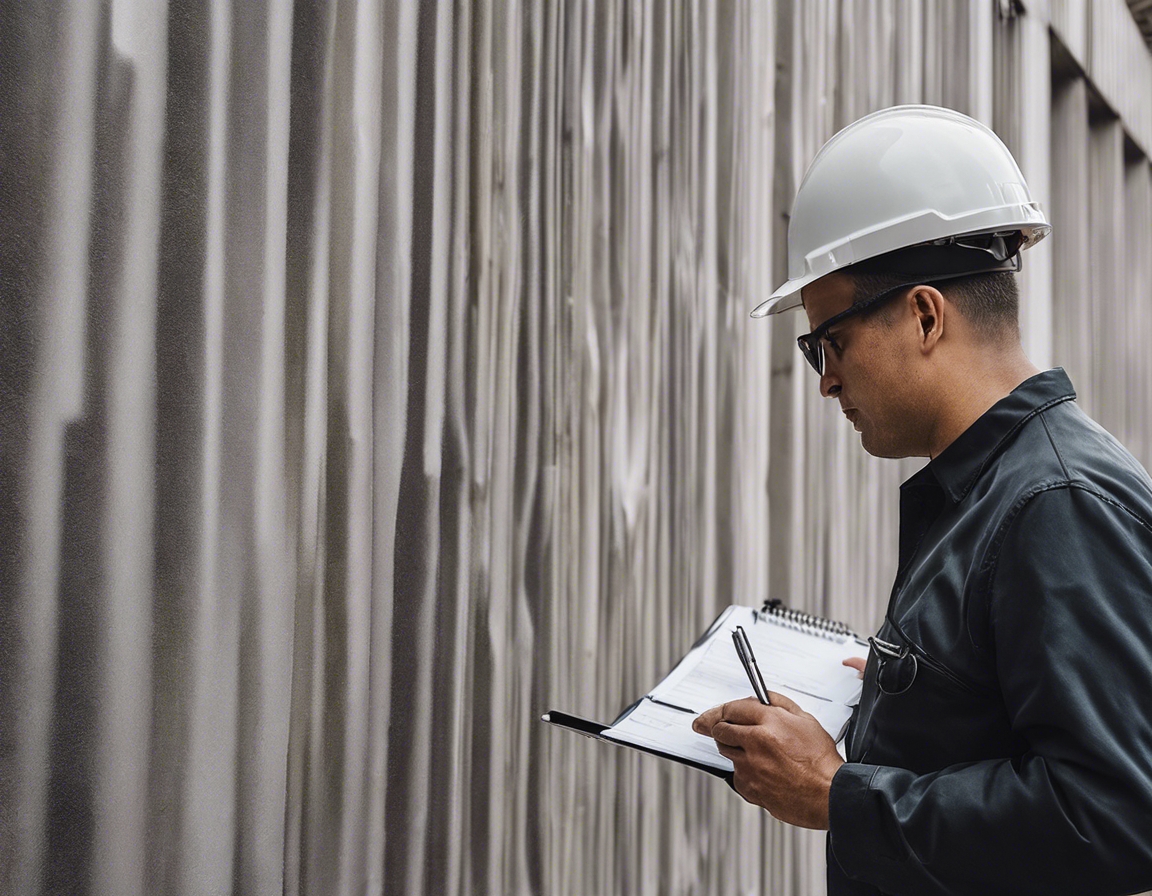The ultimate guide to eco-friendly insulation
Insulation is a critical component in the construction and renovation of buildings. It serves as a barrier that slows down the transfer of heat, helping to keep interiors warm in winter and cool in summer. This thermal regulation not only enhances comfort but also reduces energy consumption, leading to lower utility bills and a smaller carbon footprint.
Traditional insulation materials, such as fiberglass and foam plastics, have been widely used for their insulating properties and cost-effectiveness. However, their production often involves harmful chemicals and processes that can be detrimental to the environment. Additionally, they may not be the most sustainable choice in terms of resource use and disposal.
Types of Eco-Friendly Insulation Materials
Cellulose insulation is made from recycled paper products, primarily newsprint, and is treated with non-toxic fire retardants. It is an excellent example of a sustainable insulation material that provides good thermal performance and soundproofing qualities.
Sheep's wool is a natural insulator that can regulate moisture, resist mold, and provide excellent thermal resistance. It's renewable, biodegradable, and can be sourced from local farms, reducing transportation emissions.
Cork is harvested from the bark of cork oak trees without harming the tree, making it a sustainable choice. It has natural thermal and acoustic insulating properties and is also resistant to fire and pests.
Hemp insulation is made from the fibers of the hemp plant, which is fast-growing and requires minimal pesticides and fertilizers. It offers good thermal insulation and is also a carbon-negative material, meaning it absorbs more CO2 than it emits during its production.
Recycled denim insulation is created from post-consumer denim fabric. It is soft to touch, free from irritants and chemicals commonly found in traditional insulation, and provides effective thermal and acoustic insulation.
Expanded polystyrene (EPS) is a type of foam insulation that can be made with recycled materials. It is lightweight, easy to install, and has a high R-value for thermal resistance. However, it's important to choose EPS with a high recycled content to ensure eco-friendliness.
Benefits of Eco-Friendly Insulation
Eco-friendly insulation materials are often more efficient than traditional options, leading to significant energy savings over time. This efficiency translates into lower heating and cooling costs, making it a financially smart choice in the long run.
Many eco-friendly insulation materials are free from harmful chemicals and allergens, contributing to better indoor air quality and a healthier living environment.
Materials like cellulose, wool, and hemp have long lifespans and can be recycled or composted at the end of their use, reducing waste and promoting a circular economy.
Choosing the Right Eco-Friendly Insulation for Your Project
Before selecting an insulation material, it's important to evaluate the specific needs of your building, including climate, building design, and budget.
Each eco-friendly insulation material has unique properties and benefits. Comparing them in terms of R-value, moisture resistance, and environmental impact will help you make an informed decision.
Some insulation materials may require professional installation, while others are more DIY-friendly. Consider the complexity of installation and the potential need for specialized equipment or knowledge.
Best Practices for Installing Eco-Friendly Insulation
While DIY installation can save costs, professional installation ensures that the insulation is installed correctly and performs optimally. It's crucial to weigh the pros and cons of each approach.
Proper ventilation is essential when installing insulation to prevent moisture buildup and ensure air quality. This may involve additional steps such as installing vents or vapor barriers.
To get the most out of your insulation, it's important to address any air leaks and ensure that the insulation is evenly distributed without gaps or compression.
Regulations and Certifications
Compliance with local building codes and standards is mandatory. Familiarize yourself with the requirements for insulation in your area to ensure that your project meets all legal criteria.
Look for insulation materials that have been certified by reputable organizations for their environmental performance. Certifications such as GREENGUARD, Energy Star, or the EU Ecolabel can provide assurance of a product's eco-friendliness.






Comments (0)